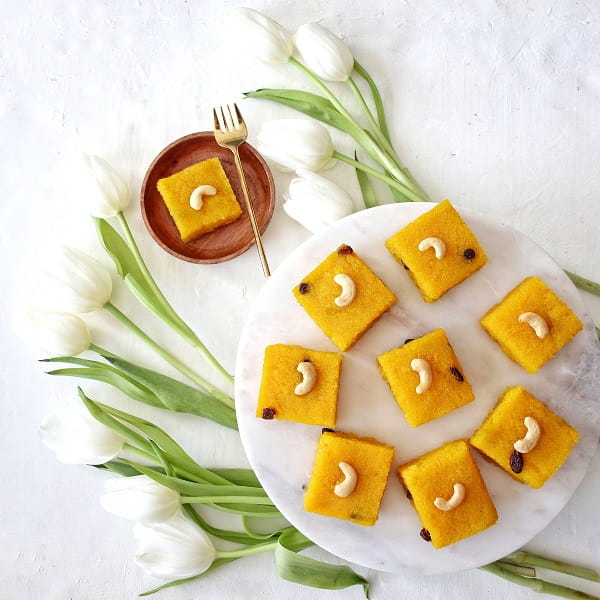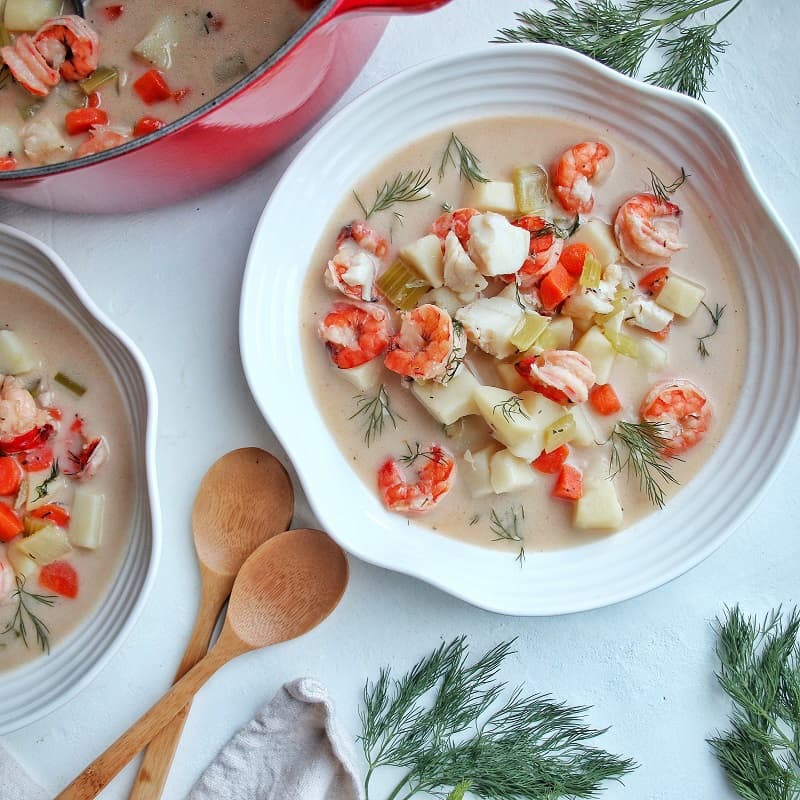Jaffna Style Squid Curry
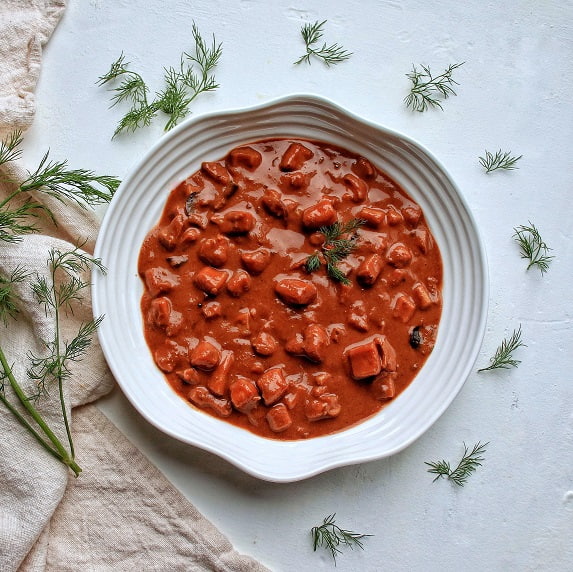
Jaffna Style Squid Curry கணவாய் கறி is a delicacy and a specialty from Jaffna – the northern region of Sri Lanka. Growing up, I loved eating this Squid Curry as one of the Sunday meal specials in my house. When it was time for me to master this dish, I had to make sure I got the spices right. This Jaffna Squid Curry uses some special spices such as Jaffna Curry powder to enhance and tenderize the squid flavor. Once the spices are absorbed and cooked into the Squid, you are presented with an appetizing Squid Curry.
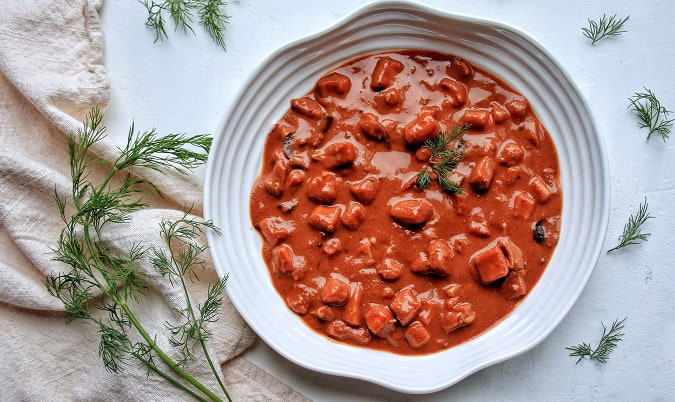
The large appearance of a Squid might be a little intimidating to work with. But do not let it hold you back. The Squid cleaning process is a little more time consuming compared to other seafood varieties. Good food takes some extra work. Turn that music on, get grooving to your favorite sound track, and let the preparation begin.
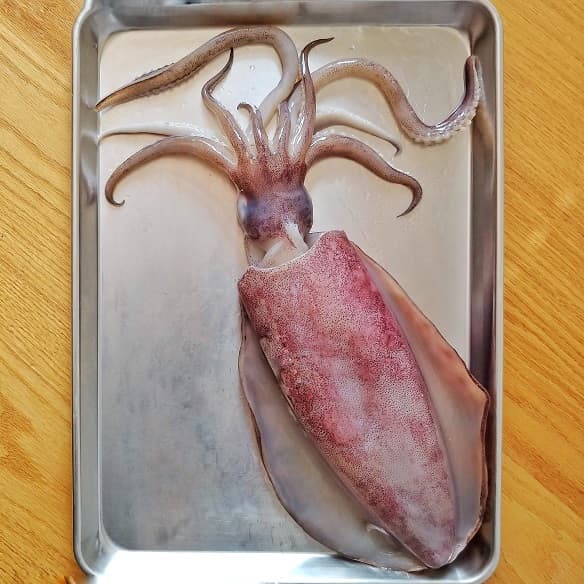
There are a few misconceptions that I have seen when it comes to a Jaffna Style Squid Curry. Some think that it is hard to cook, tough in texture and chewy to eat. I’ve even heard that some think it would taste so rubbery and would not have any flavor – due to the type of squid (large) that is used for this. I say, when you know how to cook it, know how to pair the right ingredients, you are going to be pleasantly surprised with the outcome.
If you want to learn how to make a Squid Curry or in the mood for some seafood, then keep on reading.
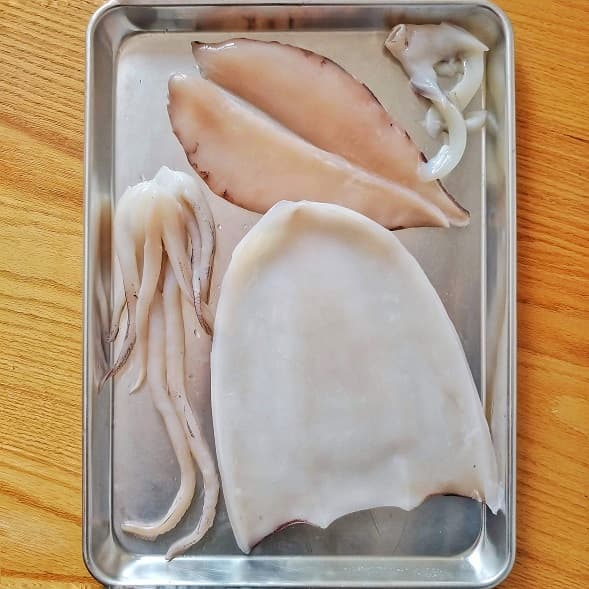
You can buy the squid fresh or frozen from your local market. Frozen squid is usually sold cleaned, so you can go straight into cooking. I personally like to use fresh (previously frozen at sea ) so that I can clean, cut and dice the squid flesh to the size and shape I want.
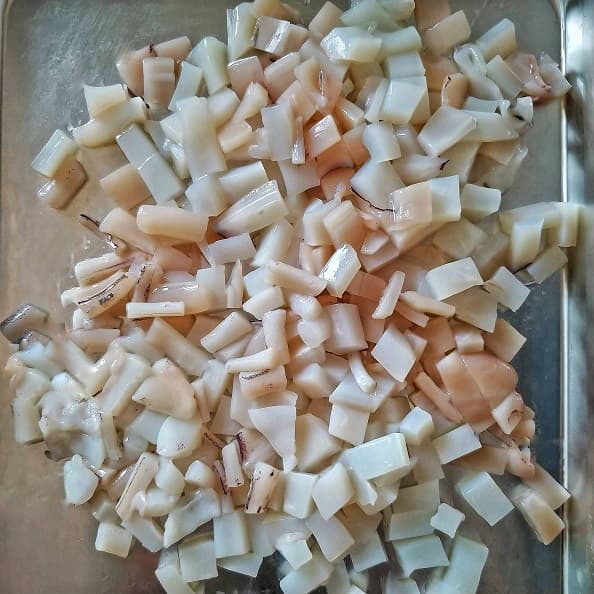
Let me show you how easily you can prep the Squid for cooking. First off, wash the Squid and pat dry. Squid tentacles and body tube are the edible parts that we are going to use. Remove the Squid head by pulling it off gently. You will see that the head will come off with the tentacles to one end and the innards to the other. Discard the innards. Make sure you carefully discard the ink sac as well. Keep the tentacles to use. Also discard the head.
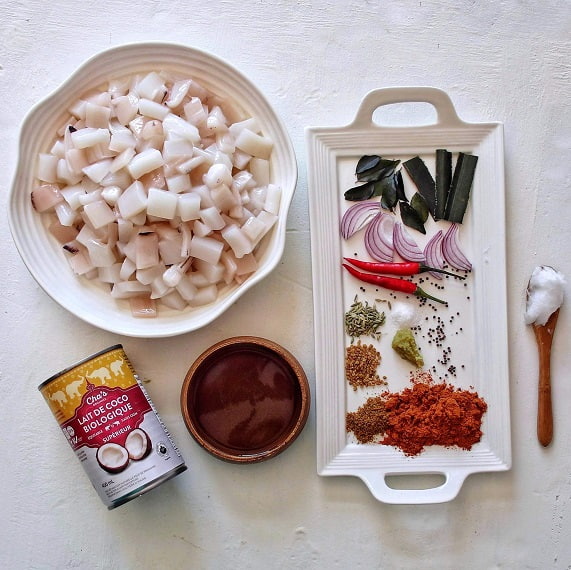
Lets move on to the Squid body/tube now. Peel off the dark skin from the tube. You will end up with a smooth, pearly white tube. Wash all the tentacles and the tube really well. Dice the tube into chunks that is about 1 inch length in size. Cut the tentacles into bite-sized pieces as well.
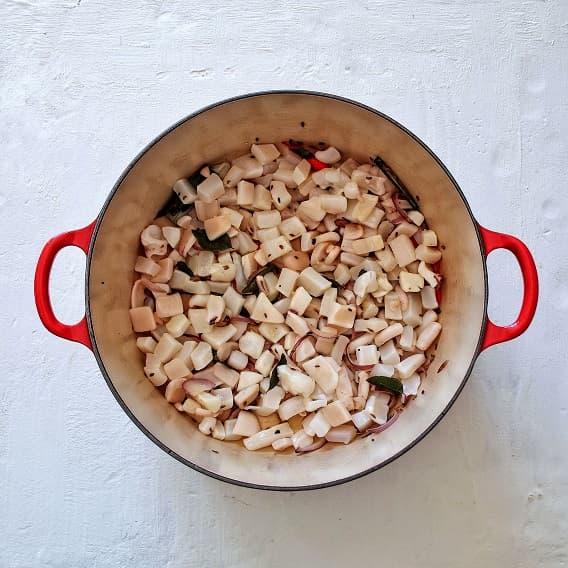
Even though this recipe calls for quite a number of spices, the curry will come together with minimal supervision. Once all the ingredients are in the pot, cover the pot and let it simmer.
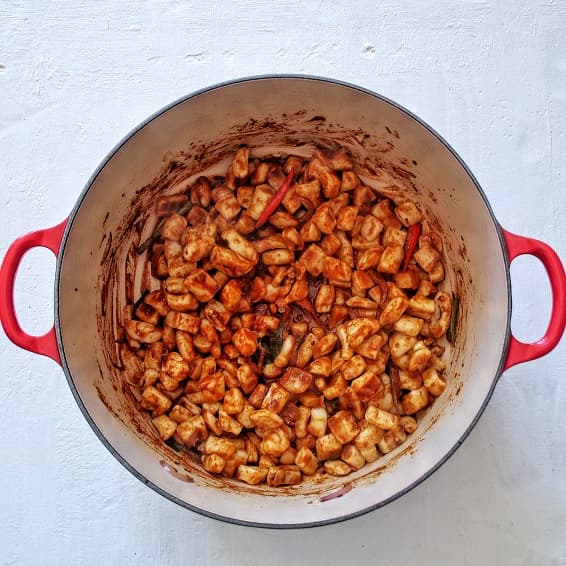
Then walk away from the kitchen to continue to enjoy that music you turned on earlier. The aroma of this curry will call you right back into the kitchen in time for the taste test.
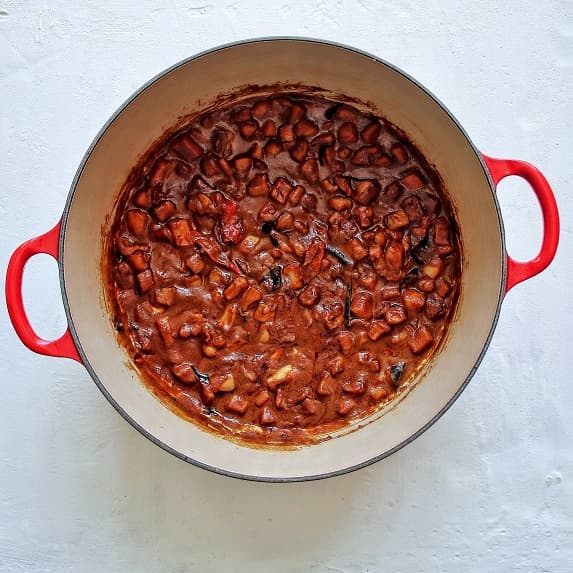
Want to know a quick secret? In order to make a mouthwatering Squid Curry, you just need to cook it a little longer than any other seafood dish. Slow cooking on the stove top; while managing the gravy, without burning out the liquid is the key. Hope you will try out this recipe soon.
Bon Appetit!
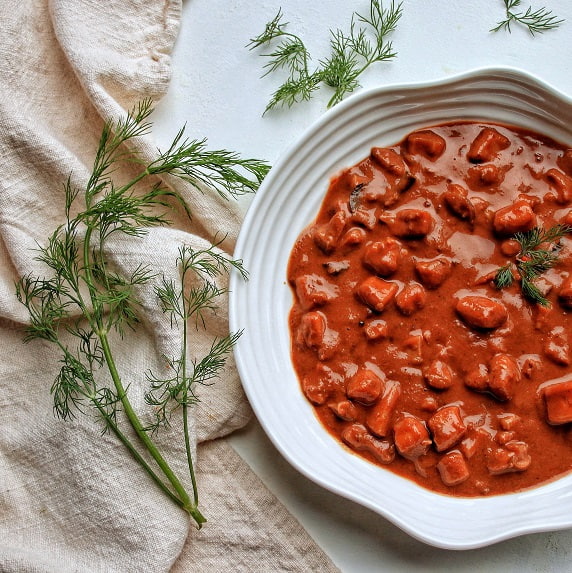
Jaffna Squid Curry
Serves 4 – 6 | Prep-time 20 mins | Cook-time 40-50 mins
Ingredients:
- 750 grams of Squid – Cleaned.
- 1 Tbsp of Coconut Oil.
- 1 Medium Sized Onion, Sliced.
- 2 Chili Pepper, Sliced.
- 1 tsp Fennel Seeds.
- 1 tsp Fenugreek Seeds.
- 1/2 tsp Mustard Seeds.
- 1 tsp Ginger Garlic Paste.
- 1 tsp Curry Powder.
- 2-3 Tbsp of Jaffna Curry Powder.*
- 1 Tbsp of Tamarind Pulp.
- 1 1/2 Cups of Water, divided.
- 5-7 Curry Leaves.
- 1 – 2″ Pandan Leaf (Rampe).
- 1 Cup of Thick Coconut Milk.
- Salt to Taste.
Directions:
- Clean, and dice the Squid for cooking.
- Take a small bowl, add 1/2 a cup of water. Soak the tamarind pulp for a few minutes to make a tamarind juice and keep aside.
- Heat the oil in a large pot over medium heat. Add in the Mustard seeds, Fennel Seeds, Fenugreek Seeds and saute for 1 minute.
- Add in the sliced Onions, Chili Peppers, Curry Leaves, Pandan Leaves, Garlic Paste and continuing sauteing for 1-2 minutes.
- Next add in the Jaffna Curry Powder and regular Curry Powder to the pot and stir for 2 minutes until it becomes a well combined mixture.
- Now add the diced Squid pieces to the pot, coat them well with the mixture.
- Continue to keep the pot in medium setting. Cover it with the lid and cook for 8-10 minutes.
- Time to pour in the liquids; Coconut Milk, Water, Tamarind juice. Stir well, simmer for another 20-30 minutes. Taste the spice level at this point.
- Squid flesh should be tender by this point.
- Finally taste-test for salt.
- Serve and enjoy.
Notes:
- You can use Squid or Cuttlefish for this recipe.
- Jaffna Curry Powder can be replaced with Regular Curry powder. Substitute by using a combination of 1 Tbsp of Curry powder + 2-3 Tbsp of Red Chili Powder. You can adjust the Chili powder measurement as per your level of spice tolerance. In this case, avoid the addition of the extra 1 tsp Curry Powder that is mentioned in the recipe.
- We are using a light Tamarind juice in this Squid Curry. If you do not have tamarind you can squeeze in 1 tbs spoon of lemon juice. You will do that only when you are done cooking.
- Start cooking at a medium temperature. Reduce to low cooking until Squid is tender and finish off the dish.
- Towards the end of the cooking time, taste test for salt as well as the tenderness of the squid flesh. If it is slightly firm, continue the cooking for another 5-10 minutes. Remember the longer you cook and slower, the squid becomes tender.
